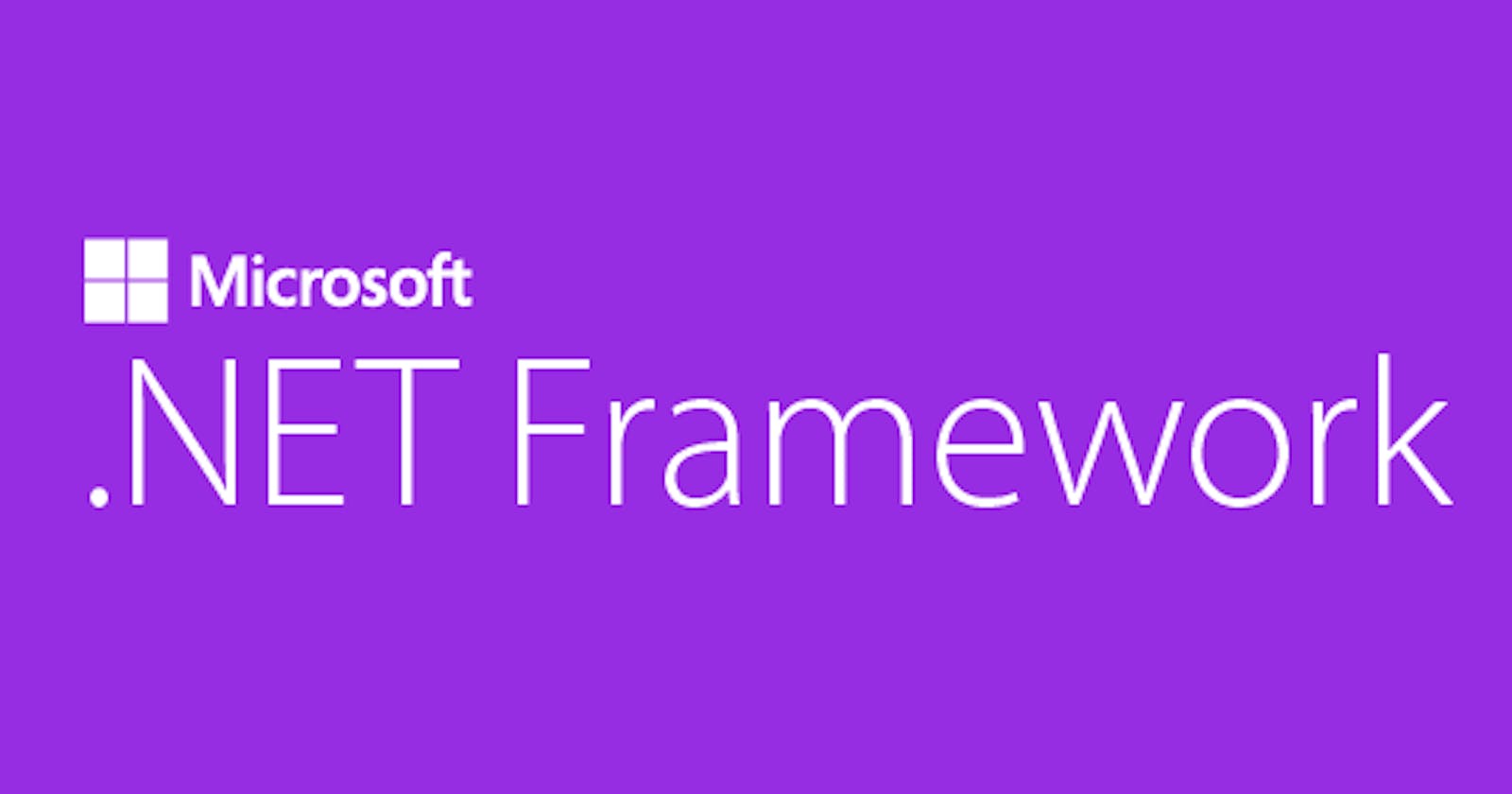In the ever-evolving world of software development, .NET full stack development is gaining immense popularity. This powerful technology stack allows developers to build robust, scalable, and efficient web applications. Whether you're a beginner looking to embark on a career in software development or an experienced developer seeking to expand your skill set, this roadmap will guide you through the essential steps to master .NET full stack development.
1. Understand the Basics of .NET:
Before diving into full stack development, it's crucial to grasp the fundamentals of the .NET framework. Familiarize yourself with concepts such as Common Language Runtime (CLR), .NET Standard, and the different components of the framework, including ASP.NET, ADO.NET, and Windows Presentation Foundation (WPF).
2. Learn C# Programming Language:
C# is the primary language used in .NET development. Start by learning the syntax, data types, control structures, classes, and object-oriented programming (OOP) principles in C#. Online tutorials, books, and interactive coding platforms like Codecademy and Pluralsight are excellent resources to get you started.
3. Master ASP.NET and MVC:
ASP.NET is the web application framework of .NET, and understanding it is essential for full stack development. Learn the MVC (Model-View-Controller) architectural pattern, which promotes separation of concerns and enhances code maintainability. Dive into topics such as routing, controllers, views, models, and data access using Entity Framework.
4. Explore Front-End Development:
To become a full stack developer, you need to be proficient in front-end technologies. Learn HTML, CSS, and JavaScript, which form the foundation of web development. Familiarize yourself with popular front-end frameworks like Angular or React, as they integrate seamlessly with ASP.NET to build interactive and dynamic web applications.
5. Dive into Back-End Development:
Complementing your front-end skills, focus on the back-end aspects of full stack development. Gain knowledge in database management systems such as SQL Server or PostgreSQL. Understand database design principles, query optimization, and ORM (Object-Relational Mapping) tools like Entity Framework or Dapper. Additionally, explore topics like RESTful API development, authentication, and authorization.
6. Build Real-World Projects:
Hands-on experience is vital for mastering any technology. Start building real-world projects that integrate both front-end and back-end technologies. Develop a personal portfolio website, an e-commerce platform, or a content management system. Utilize the skills acquired during your learning journey to solve practical problems and showcase your abilities to potential employers.
7. Embrace Continuous Learning:
Technology evolves rapidly, and it's essential to stay up-to-date with the latest trends in the .NET ecosystem. Engage with the vibrant developer community by attending meetups, participating in online forums, and following influential blogs and thought leaders. Continuously enhance your skills by exploring new frameworks, libraries, and tools introduced in the .NET ecosystem.
8. Explore Cloud and Deployment:
Cloud computing has revolutionized the way applications are deployed and managed. Familiarize yourself with cloud platforms like Microsoft Azure or AWS. Learn how to deploy your .NET applications, utilize scalable services like Azure App Service or AWS Lambda, and implement continuous integration and deployment (CI/CD) pipelines to automate the release process.
Conclusion:
Becoming a skilled .NET full stack developer requires dedication, continuous learning, and hands-on experience. By following this comprehensive learning roadmap, you'll gain a solid foundation in .NET, master front-end and back-end development, and acquire the skills necessary to build robust and scalable web applications. Remember to embrace the journey, actively participate in the developer community, and continuously adapt to the ever-changing technological landscape. Happy coding!
